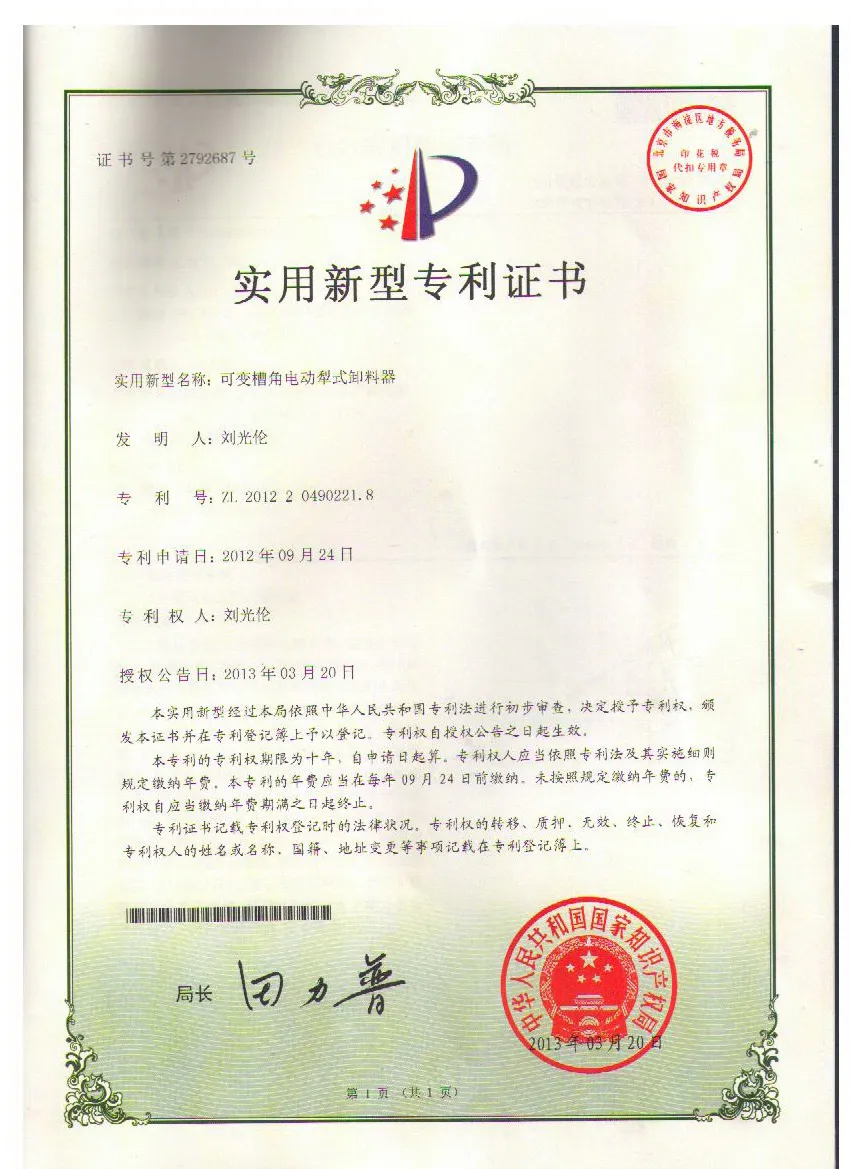 Afrikaans
Afrikaans  Albanian
Albanian  Amharic
Amharic  Arabic
Arabic  Armenian
Armenian  Azerbaijani
Azerbaijani  Basque
Basque  Belarusian
Belarusian  Bengali
Bengali  Bosnian
Bosnian  Bulgarian
Bulgarian  Catalan
Catalan  Cebuano
Cebuano  Corsican
Corsican  Croatian
Croatian  Czech
Czech  Danish
Danish  Dutch
Dutch  English
English  Esperanto
Esperanto  Estonian
Estonian  Finnish
Finnish  French
French  Frisian
Frisian  Galician
Galician  Georgian
Georgian  German
German  Greek
Greek  Gujarati
Gujarati  Haitian Creole
Haitian Creole  hausa
hausa  hawaiian
hawaiian  Hebrew
Hebrew  Hindi
Hindi  Miao
Miao  Hungarian
Hungarian  Icelandic
Icelandic  igbo
igbo  Indonesian
Indonesian  irish
irish  Italian
Italian  Japanese
Japanese  Javanese
Javanese  Kannada
Kannada  kazakh
kazakh  Khmer
Khmer  Rwandese
Rwandese  Korean
Korean  Kurdish
Kurdish  Kyrgyz
Kyrgyz  Lao
Lao  Latin
Latin  Latvian
Latvian  Lithuanian
Lithuanian  Luxembourgish
Luxembourgish  Macedonian
Macedonian  Malgashi
Malgashi  Malay
Malay  Malayalam
Malayalam  Maltese
Maltese  Maori
Maori  Marathi
Marathi  Mongolian
Mongolian  Myanmar
Myanmar  Nepali
Nepali  Norwegian
Norwegian  Norwegian
Norwegian  Occitan
Occitan  Pashto
Pashto  Persian
Persian  Polish
Polish  Portuguese
Portuguese  Punjabi
Punjabi  Romanian
Romanian  Russian
Russian  Samoan
Samoan  Scottish Gaelic
Scottish Gaelic  Serbian
Serbian  Sesotho
Sesotho  Shona
Shona  Sindhi
Sindhi  Sinhala
Sinhala  Slovak
Slovak  Slovenian
Slovenian  Somali
Somali  Spanish
Spanish  Sundanese
Sundanese  Swahili
Swahili  Swedish
Swedish  Tagalog
Tagalog  Tajik
Tajik  Tamil
Tamil  Tatar
Tatar  Telugu
Telugu  Thai
Thai  Turkish
Turkish  Turkmen
Turkmen  Ukrainian
Ukrainian  Urdu
Urdu  Uighur
Uighur  Uzbek
Uzbek  Vietnamese
Vietnamese  Welsh
Welsh  Bantu
Bantu  Yiddish
Yiddish  Yoruba
Yoruba  Zulu
Zulu Understanding Drive Belts and Pulleys for Efficient Power Transmission Systems
Understanding Drive Belts and Pulleys Mechanisms of Motion
Drive belts and pulleys are crucial components in various mechanical systems, playing a vital role in the transmission of power and motion. They are commonly found in numerous applications, ranging from industrial machinery to everyday appliances like washing machines and lawnmowers.
What are Drive Belts and Pulleys?
Drive belts are flexible loops made of durable materials designed to transmit motion and power between two or more rotating shafts. Pulleys, on the other hand, are wheels with a groove around their circumference, which allows the belt to fit securely and transfer motion effectively. When the motor turns one pulley, the belt moves in coordination, causing the connected pulley to turn as well, facilitating the transfer of energy.
Types of Drive Belts
There are several types of drive belts, each suited to specific applications. The most common types include
1. V-Belts These belts have a trapezoidal cross-section and are widely used due to their efficiency in transferring power. Their design allows them to wedge into the pulley groove, providing a strong grip and minimizing slippage.
2. Flat Belts With a rectangular cross-section, flat belts are typically used for lower power applications. They can run over long distances and are often employed in conveyor belts and agricultural machinery.
3. Timing Belts Equipped with teeth on the inner surface, these belts are designed for synchronous motion. Timing belts ensure that the rotation of the pulleys is perfectly aligned, making them ideal for applications requiring precision, such as in automotive engines.
drive belts and pulleys

The Role of Pulleys
Pulleys come in various forms, including fixed, movable, and compound pulleys, each serving specific functions. Fixed pulleys change the direction of the force applied, making it easier to lift loads. Movable pulleys can reduce the amount of effort needed to lift heavy objects. Compound pulleys, which combine fixed and movable types, provide a mechanical advantage, allowing heavier loads to be moved with less effort.
Benefits of Using Drive Belts and Pulleys
The combination of drive belts and pulleys offers numerous advantages in mechanical systems
- Efficiency Belts and pulleys provide a smooth transfer of power with minimal energy loss, making them an efficient choice for many applications.
- Flexibility The ability to transmit motion over relatively long distances allows for versatile designs in machinery and equipment.
- Low Maintenance Compared to gears and chains, drive belts are easier to maintain and replace, reducing overall operational costs.
Conclusion
In summary, drive belts and pulleys are fundamental components that facilitate the efficient transfer of motion and power in various applications. Understanding their types, functions, and benefits is essential for engineers and technicians involved in mechanical design and maintenance. As technology continues to advance, the importance of these simple yet ingenious mechanisms will undoubtedly remain significant in the machinery landscape. Moving forward, innovations in materials and design will continue to enhance their performance, paving the way for even more efficient systems in the future.
-
Revolutionizing Conveyor Reliability with Advanced Rubber Lagging PulleysNewsJul.22,2025
-
Powering Precision and Durability with Expert Manufacturers of Conveyor ComponentsNewsJul.22,2025
-
Optimizing Conveyor Systems with Advanced Conveyor AccessoriesNewsJul.22,2025
-
Maximize Conveyor Efficiency with Quality Conveyor Idler PulleysNewsJul.22,2025
-
Future-Proof Your Conveyor System with High-Performance Polyurethane RollerNewsJul.22,2025
-
Driving Efficiency Forward with Quality Idlers and RollersNewsJul.22,2025





























